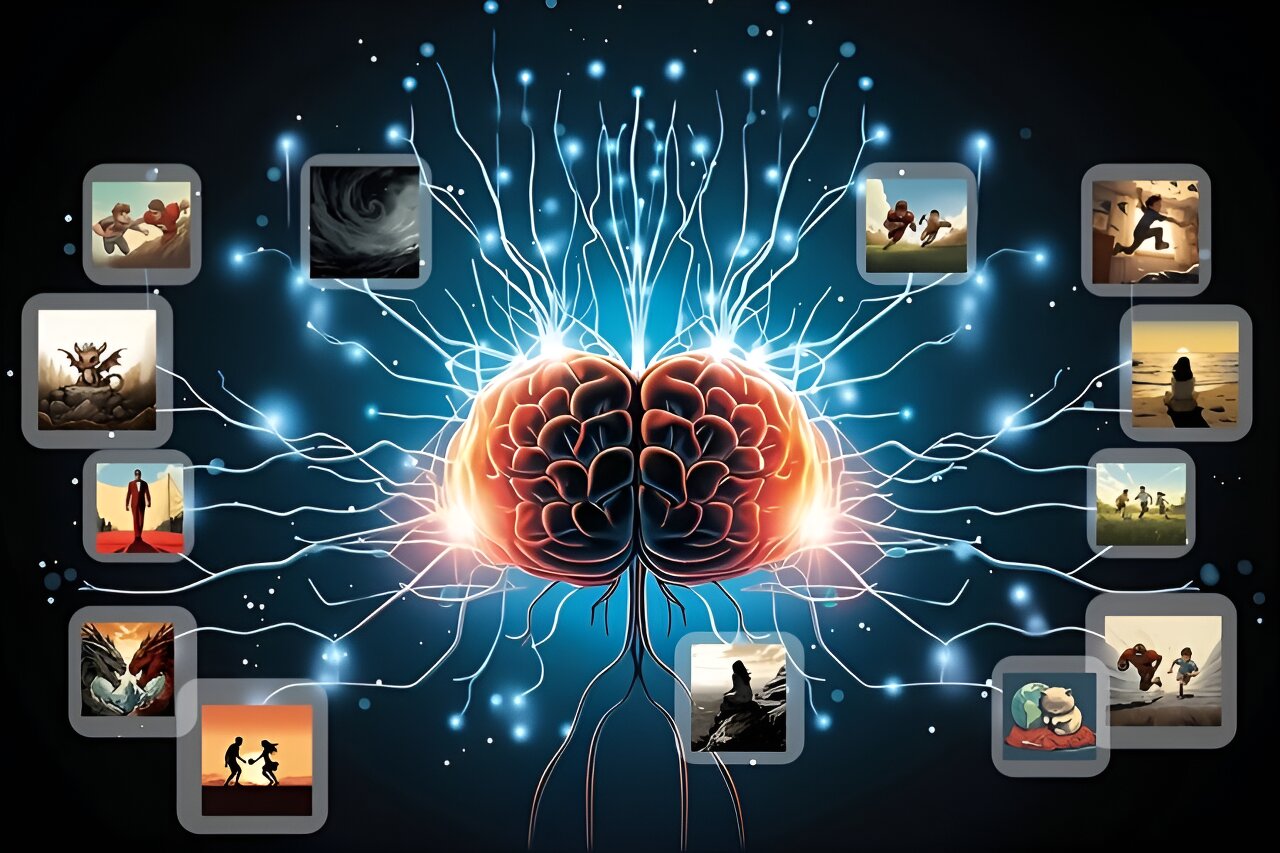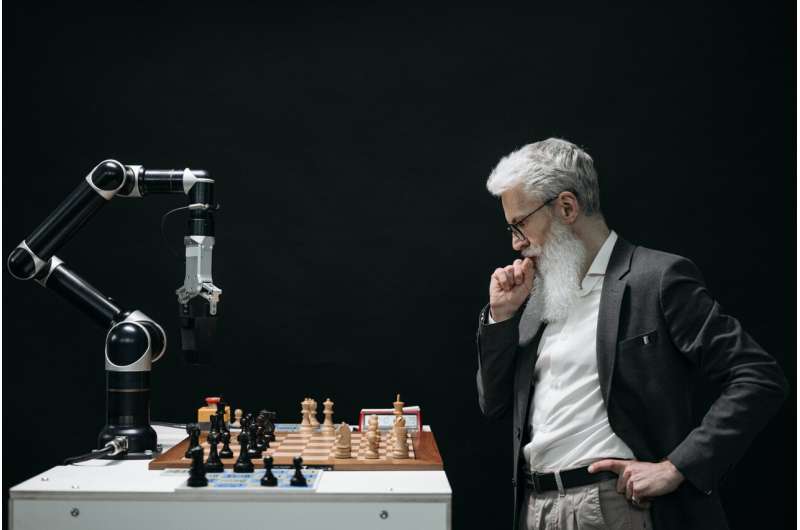Orca 2
Orca 2 is a helpful assistant that is built for research purposes only and provides a single turn response in tasks such as reasoning over user given data, reading comprehension, math problem solving and text summarization. The model is designed to excel particularly in reasoning.We open-source Orca 2 to encourage further research on the development, evaluation, and alignment of smaller LMs.
What is Orca 2’s intended use(s)?
- Orca 2 is built for research purposes only.
- The main purpose is to allow the research community to assess its abilities and to provide a foundation for building better frontier models.
How was Orca 2 evaluated?
- Orca 2 has been evaluated on a large number of tasks ranging from reasoning to grounding and safety. Please refer to Section 6 and Appendix in the Orca 2 paper for details on evaluations.
Model Details
Orca 2 is a finetuned version of LLAMA-2. Orca 2’s training data is a synthetic dataset that was created to enhance the small model’s reasoning abilities. All synthetic training data was moderated using the Microsoft Azure content filters. More details about the model can be found in the Orca 2 paper.Please refer to LLaMA-2 technical report for details on the model architecture.
License
Orca 2 is licensed under the Microsoft Research License.Llama 2 is licensed under the LLAMA 2 Community License, Copyright © Meta Platforms, Inc. All Rights Reserved.
Bias, Risks, and Limitations
Orca 2, built upon the LLaMA 2 model family, retains many of its limitations, as well as the common limitations of other large language models or limitation caused by its training process, including:Data Biases: Large language models, trained on extensive data, can inadvertently carry biases present in the source data. Consequently, the models may generate outputs that could be potentially biased or unfair.
Lack of Contextual Understanding: Despite their impressive capabilities in language understanding and generation, these models exhibit limited real-world understanding, resulting in potential inaccuracies or nonsensical responses.
Lack of Transparency: Due to the complexity and size, large language models can act as “black boxes”, making it difficult to comprehend the rationale behind specific outputs or decisions. We recommend reviewing transparency notes from Azure for more information.
Content Harms: There are various types of content harms that large language models can cause. It is important to be aware of them when using these models, and to take actions to prevent them. It is recommended to leverage various content moderation services provided by different companies and institutions. On an important note, we hope for better regulations and standards from government and technology leaders around content harms for AI technologies in future. We value and acknowledge the important role that research and open source community can play in this direction.
Hallucination: It is important to be aware and cautious not to entirely rely on a given language model for critical decisions or information that might have deep impact as it is not obvious how to prevent these models from fabricating content. Moreover, it is not clear whether small models may be more susceptible to hallucination in ungrounded generation use cases due to their smaller sizes and hence reduced memorization capacities. This is an active research topic and we hope there will be more rigorous measurement, understanding and mitigations around this topic.
Potential for Misuse: Without suitable safeguards, there is a risk that these models could be maliciously used for generating disinformation or harmful content.
Data Distribution: Orca 2’s performance is likely to correlate strongly with the distribution of the tuning data. This correlation might limit its accuracy in areas underrepresented in the training dataset such as math, coding, and reasoning.
System messages: Orca 2 demonstrates variance in performance depending on the system instructions. Additionally, the stochasticity introduced by the model size may lead to generation of non-deterministic responses to different system instructions.
Zero-Shot Settings: Orca 2 was trained on data that mostly simulate zero-shot settings. While the model demonstrate very strong performance in zero-shot settings, it does not show the same gains of using few-shot learning compared to other, specially larger, models.
Synthetic data: As Orca 2 is trained on synthetic data, it could inherit both the advantages and shortcomings of the models and methods used for data generation. We posit that Orca 2 benefits from the safety measures incorporated during training and safety guardrails (e.g., content filter) within the Azure OpenAI API. However, detailed studies are required for better quantification of such risks.
This model is solely designed for research settings, and its testing has only been carried out in such environments. It should not be used in downstream applications, as additional analysis is needed to assess potential harm or bias in the proposed application.
DEMO:




